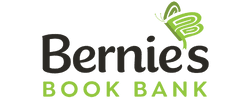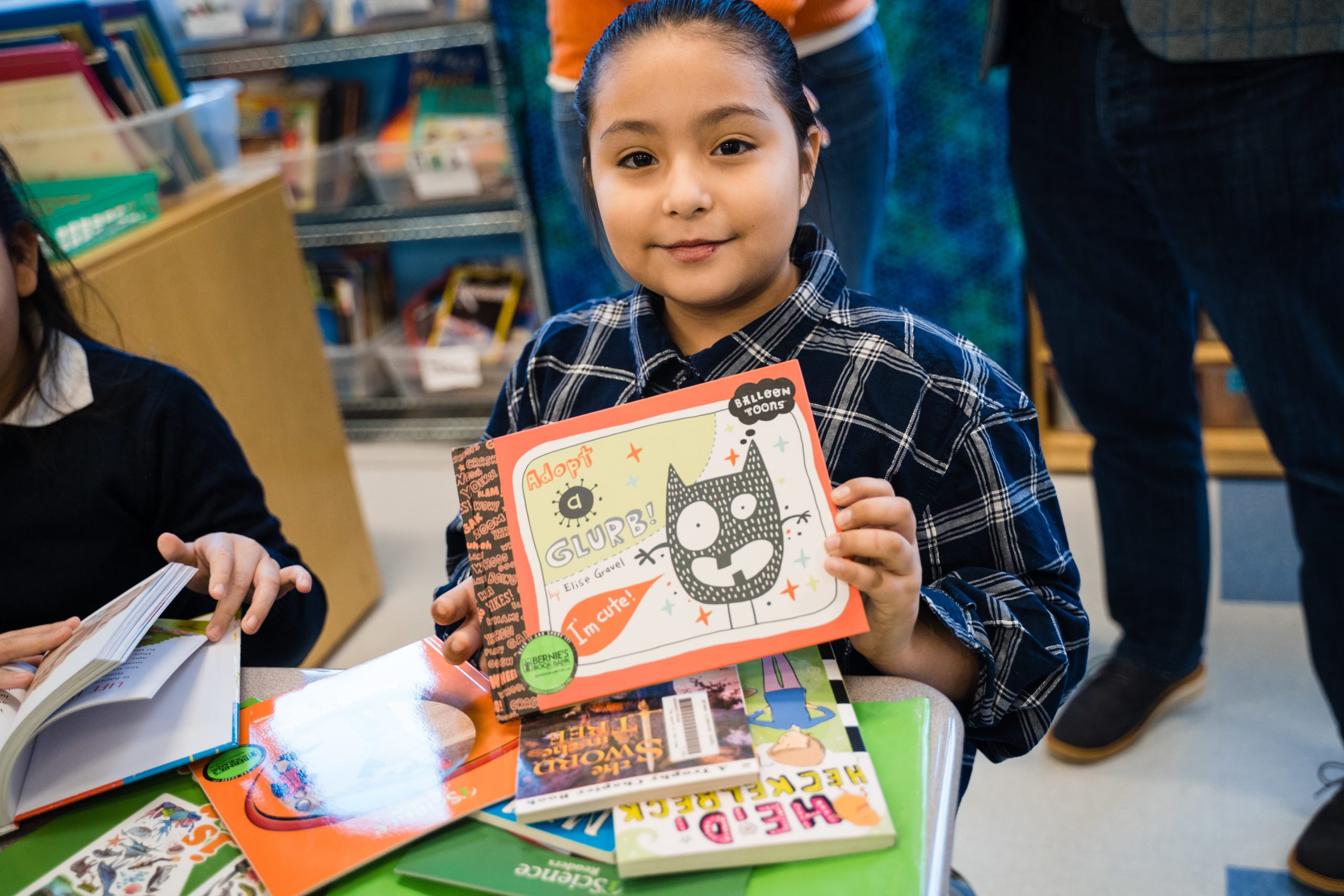
Reading is the single most important skill a child needs
If you’re a child born into a middle-class family in this country, you have an average of 13 age-appropriate books in your home. But if you’re a child born into less fortunate circumstances, you have one book to share with 300 other children in your neighborhood.
Children’s book ownership, starting at a very young age, is imperative to gaining an appreciation for books, developing “reading readiness,” supporting literacy growth throughout the primary years, and ultimately becoming a skilled reader.
The research is clear.
Below are 17 facts about children’s literacy in America that inspire us every day to empower thousands of children through book ownership. Learn more about the need.
- One in five children between the ages of five and eight do not have a book of their own at home. National Literary Trust
- Books in the home are the single biggest indicator of academic success – surpassing income, parents’ education, family compositions, and all other factors. Jeff McQuillan, The Literacy Crisis: False Claims, Real Solutions
- Children who have access to books in their home are six times more likely to read above the level expected for their age. (22% vs 3.6%) Gift of reading: children’s book ownership in 2019
- Having books in the home is twice as important as the father’s education level. Research in Social Stratification and Mobility
- The single most significant factor influencing a child’s early educational success is an introduction to books and being read to at home prior to beginning school. National Commission on Reading
- The only behavior measure that correlates significantly with reading scores is the number of books in the home. The Literacy Crisis: False Claims, Real Solutions
- Children who struggle in vain with reading in the first grade soon decide that they neither like nor want to read. Juel
- Urging young people to read more when there is little available to read makes as much sense as urging starving people to eat when no food is available. Krashen
- In middle-income neighborhoods the ratio of books per child is 13 to 1, in low-income neighborhoods, the ratio is 1 age-appropriate book for every 300 children. Neuman, Susan B. and David K. Dickinson, ed. Handbook of Early Literacy Research, Volume 2. New York, NY
- 80% of preschool and after-school programs serving low-income populations have no age-appropriate books for their children. Neuman, Susan B., et al. Access for All: Closing the Book Gap for Children in Early Education. Newark, DE: International Reading Association.
- 61% of low-income families have no books at all in their homes for their children. Reading Literacy in the United States.
- Only 24% of Waukegan 6-year-olds engage with books! 2009 Kindergarten Readiness Assessment, United Way of Lake County
- More than $2 billion is spent each year on students who repeat a grade because they have reading problems. U.S. Department of Health and Human Services
- Perhaps the most serious problem with current literacy campaigns is that they ignore, and even divert attention from, the real problem: Lack of access to books for children of poverty. Krashen
- When the State of Arizona projects how many prison beds it will need, it factors in the number of kids who read well in fourth grade. Arizona Republic (9-15-2004) Advertisement by Sheahomes
- The most successful way to improve the reading achievement of low-income children is to increase their access to print. Newman, Sanford, et all. “American’s Child Care Crisis: A Crime Prevention Tragedy”; Fight Crime: Invest in Kids.
- Out-of-school reading habits of students have shown that even 15 minutes a day of independent reading can expose students to more than a million words of text in a year. Anderson, Wilson, & Fielding.
OUR APPROACH
USING SOUND BUSINESS AND LOGISTICS PRINCIPLES IN EVERY FACET OF OUR OPERATION, WE ARE UNIQUELY POSITIONED AS THE EXPERTS OF CHILDREN’S BOOK BANKING.
- Innovative approach to empower children to explore new ideas, gain knowledge, and strengthen reading skills through books and book ownership.
- Sustainable distribution continuum from birth through sixth grade
- Efficiently source, process and distribute each quality book for $2
- Scalable model to be replicated in every major city
- Effective path to building personal libraries of 96 quality books for local children
- Distribution through early childhood programs & title I schools supports children regardless of address
- Urgent solution to a national crisis that impacts us all

